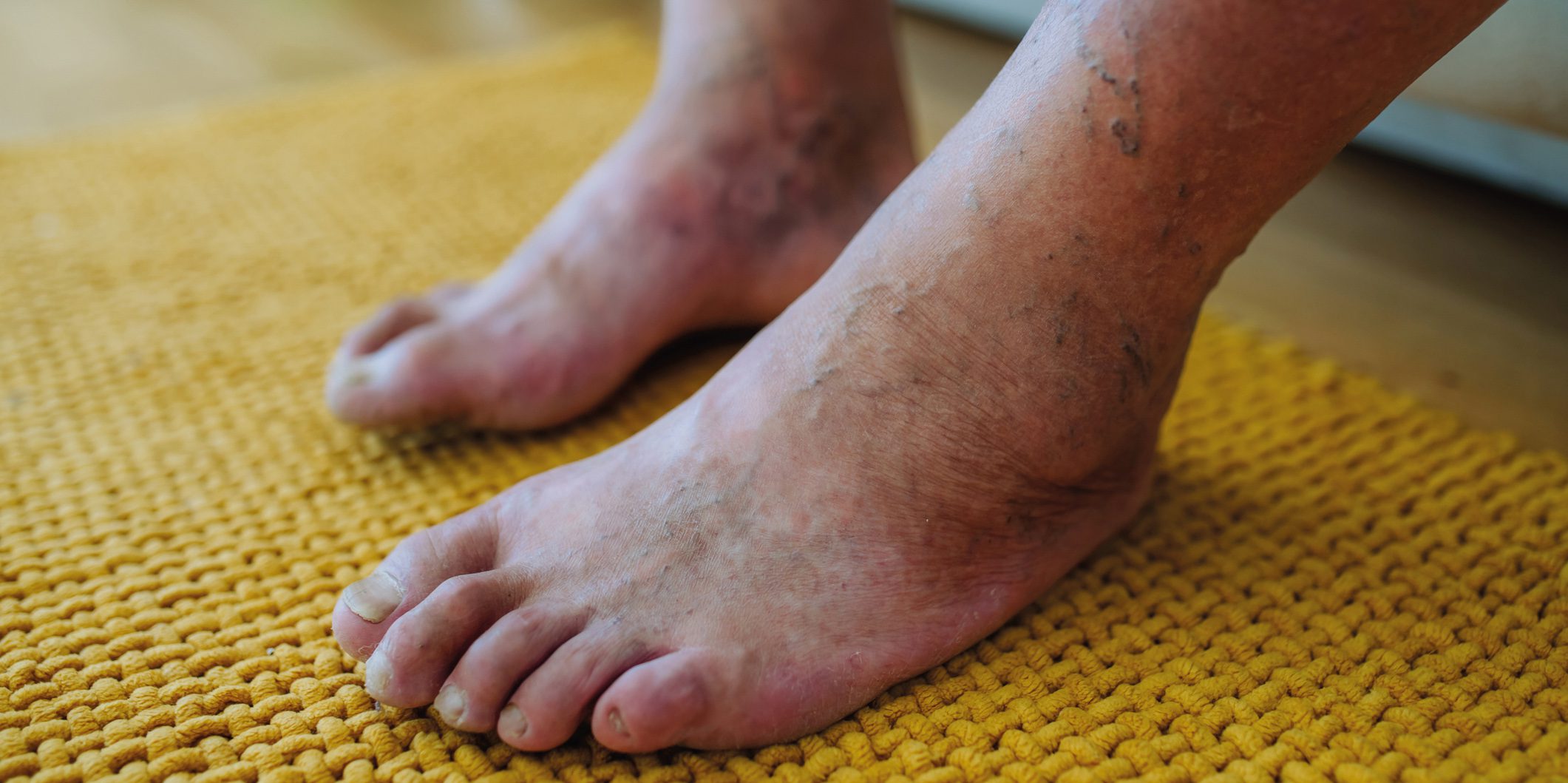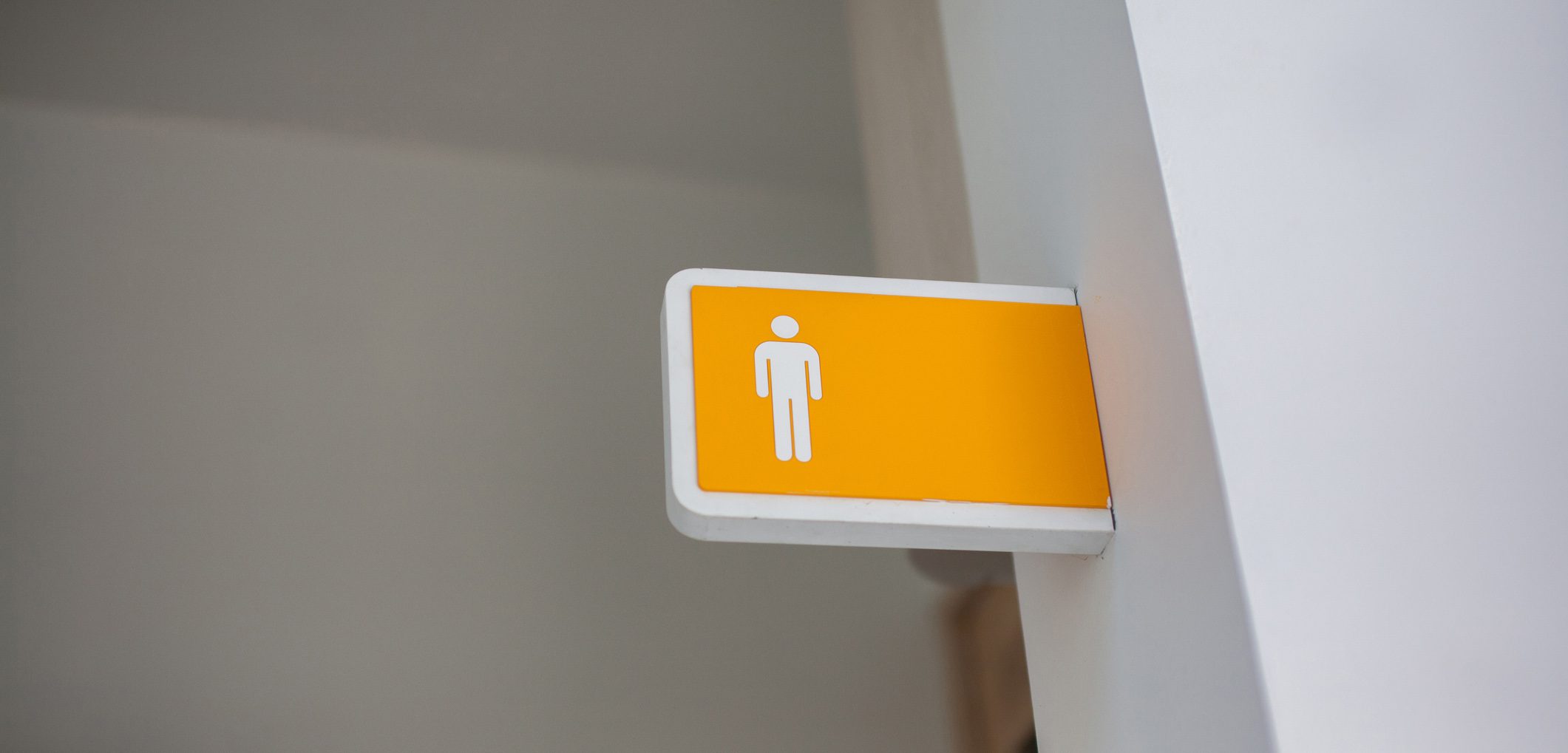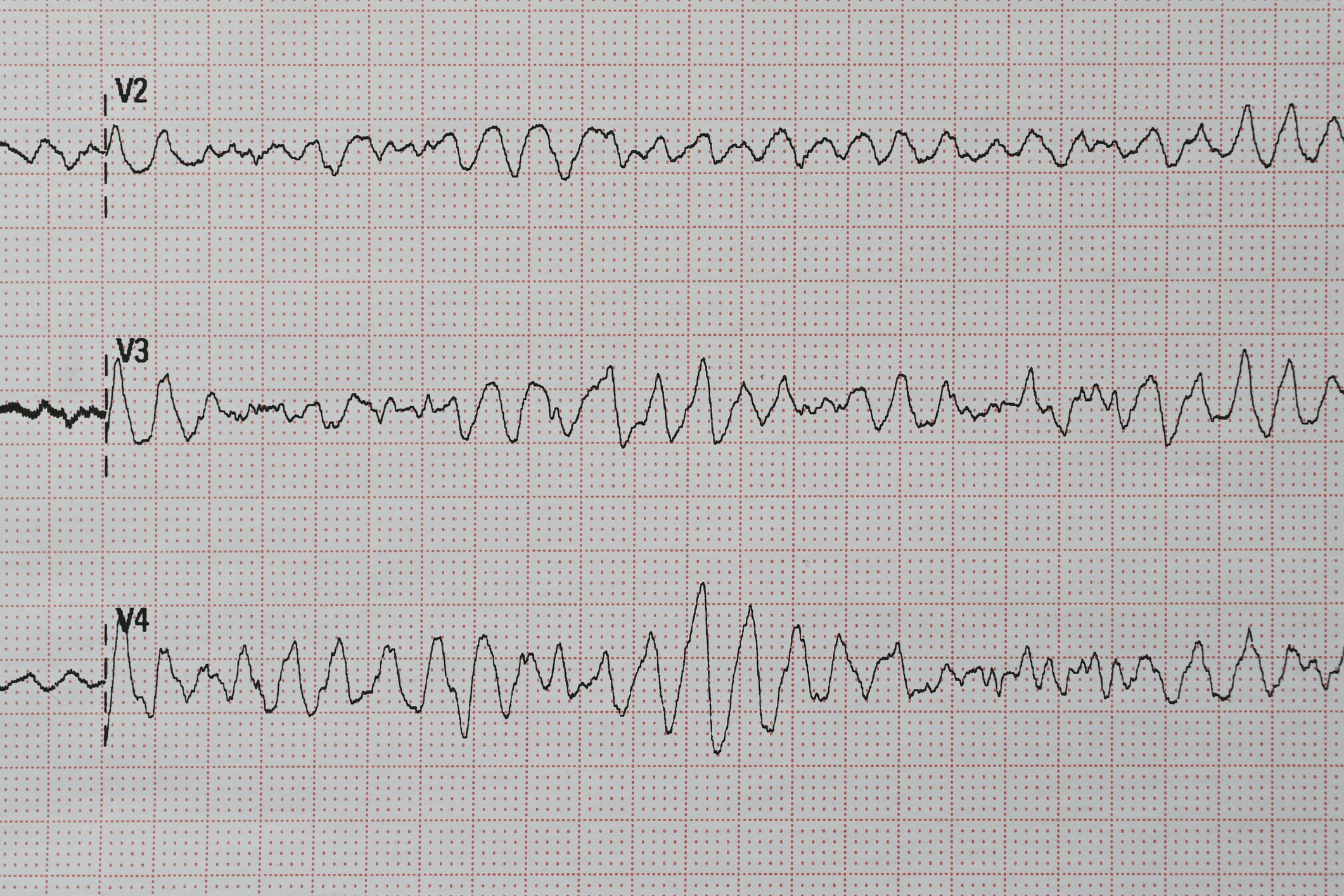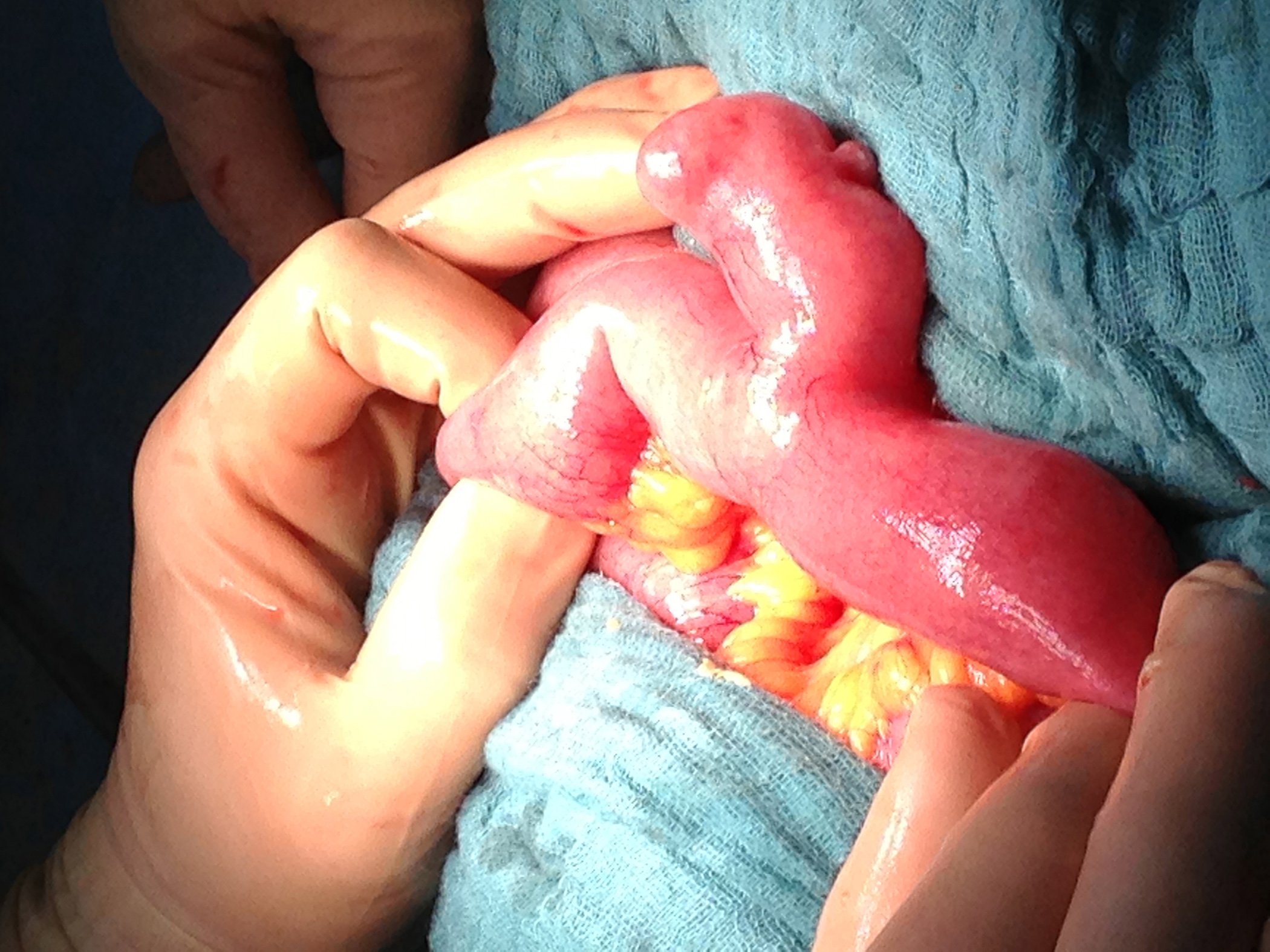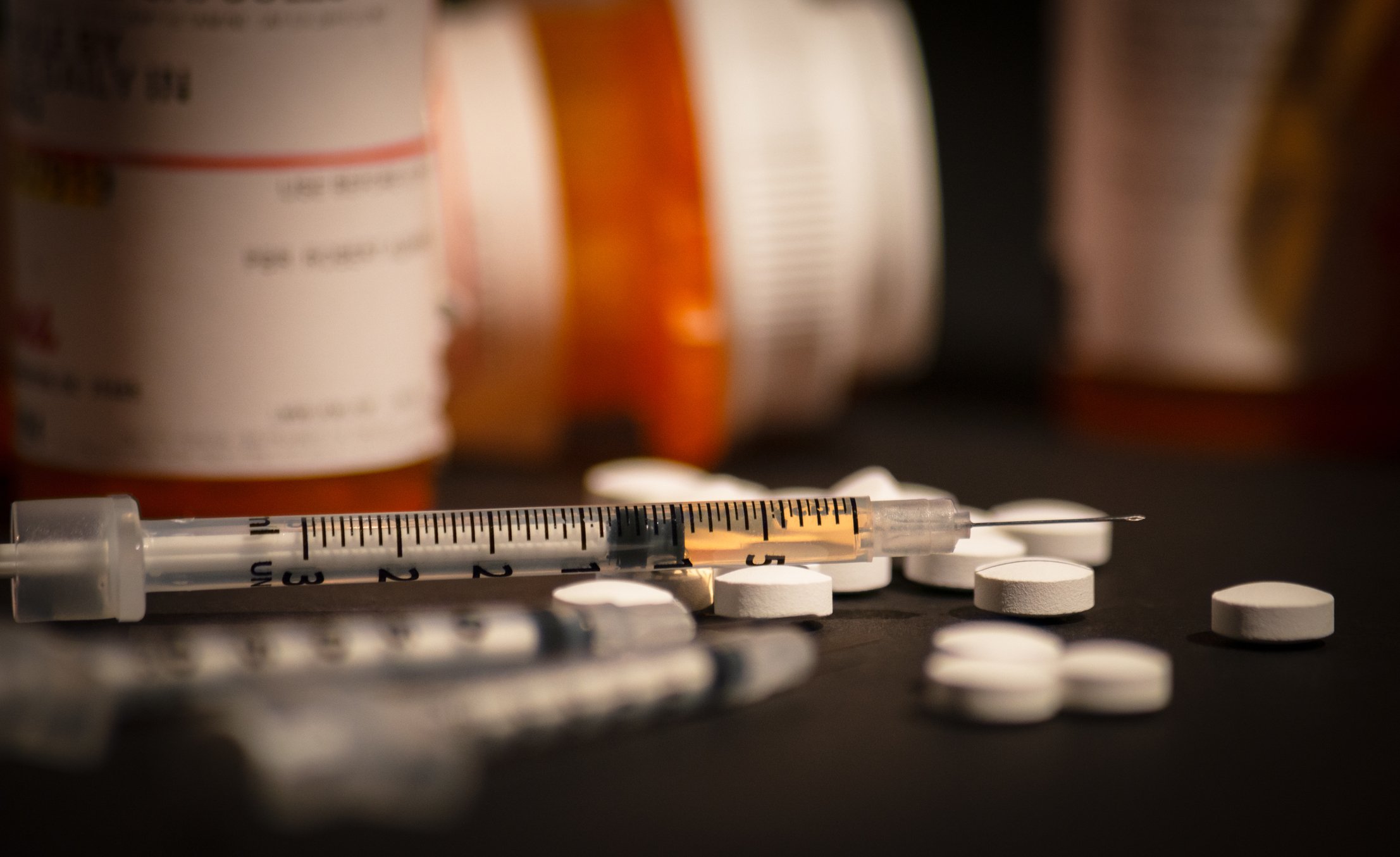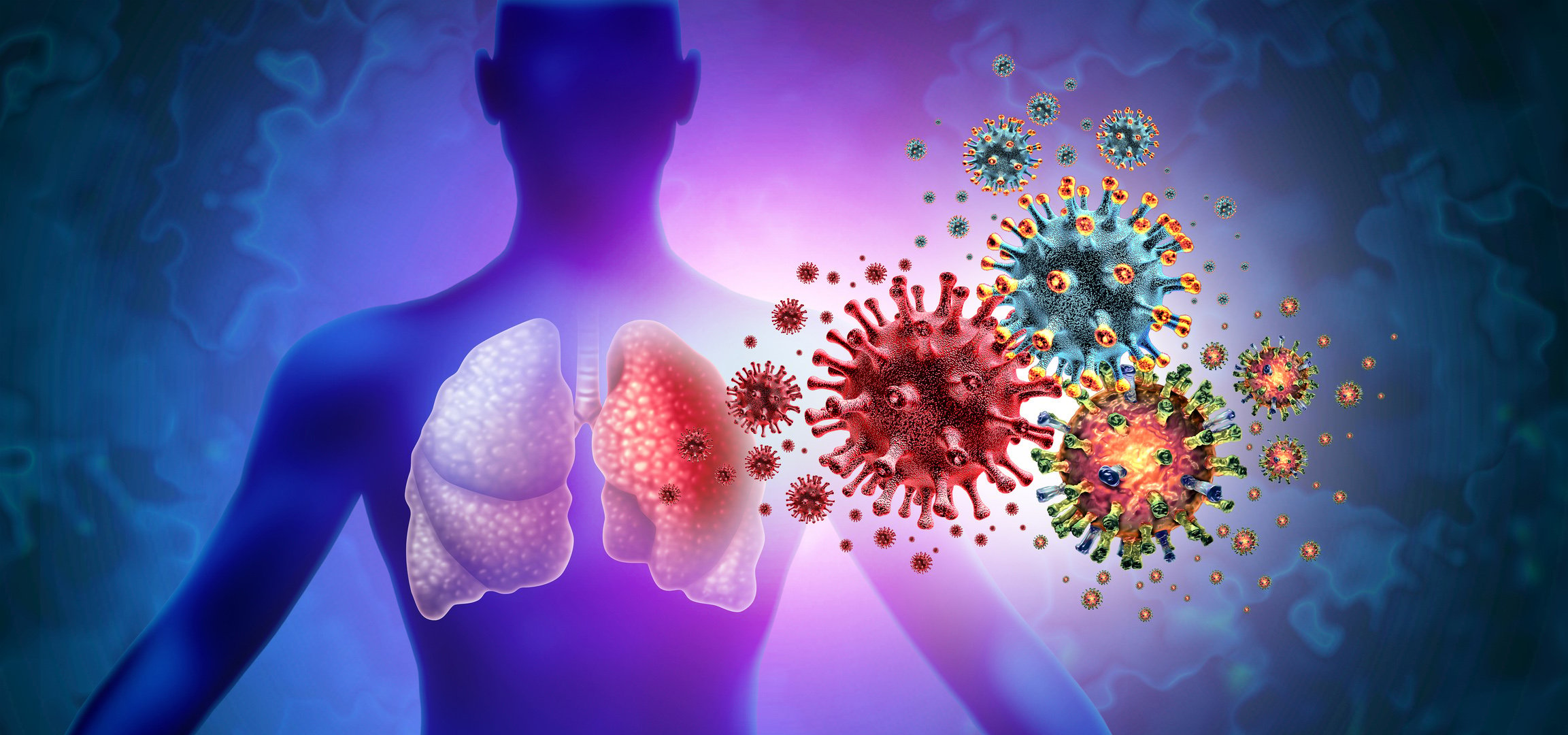Overactive bladder (OAB) is characterized by a sudden, often uncontrollable urge to urinate, with or without urge incontinence, typically accompanied by pollakiuria and nocturia. In industrialized nations, it is estimated that up to 16% of the population suffers from OAB symptoms, with the prevalence rising to over 30% in older people over the age of 65. At the same time, many men with benign prostate enlargement (benign prostatic hyperplasia, BPH) also complain of storage disorders, which can manifest as OAB.
You May Also Like
- Atrial fibrillation: interdisciplinary effort is crucial
Managing risk factors and comorbidities in addition to rhythm control
- Casuistry
Hernia turns out to be a 25 cm long Meckel’s diverticulum
- Side effects under opioid therapy
Is it possible to avoid the inevitable?
- Diagnostics of respiratory viral infections
What is tested when and on whom?
- From symptom to diagnosis
Dyspnea – pulmonary hamartomas
- Phobia
Propranolol and spider phobia: the time window is crucial
- Focus on prevention
Colorectal cancer screening – an update
- Contact eczema


